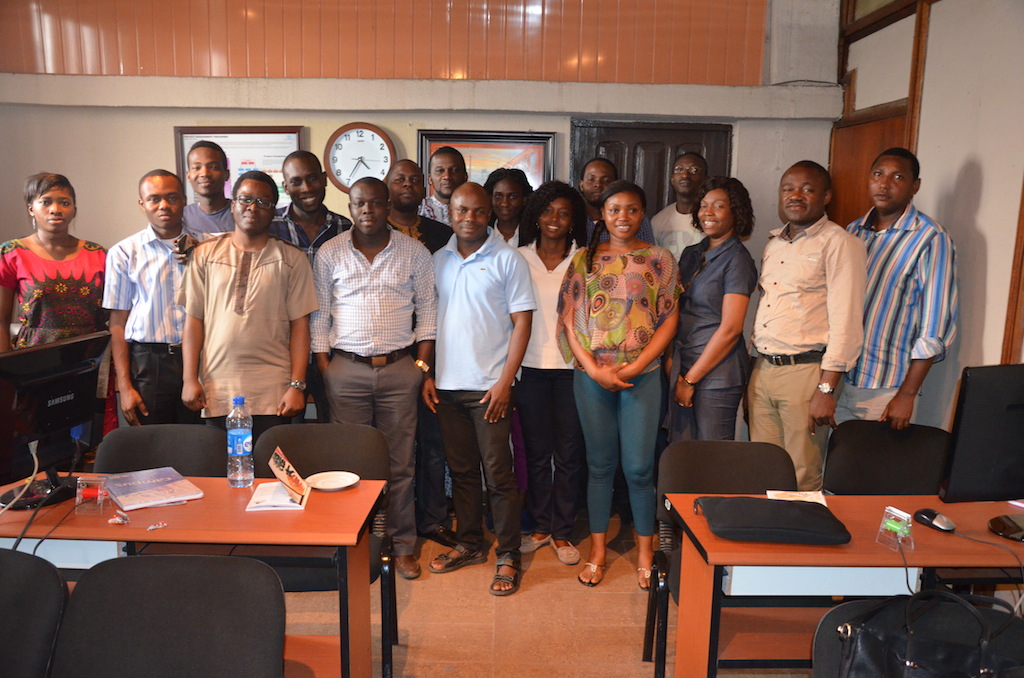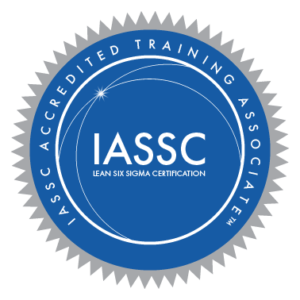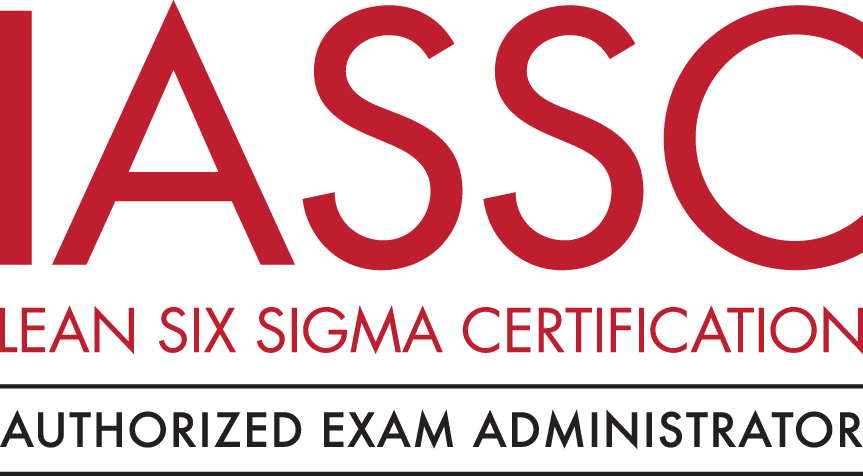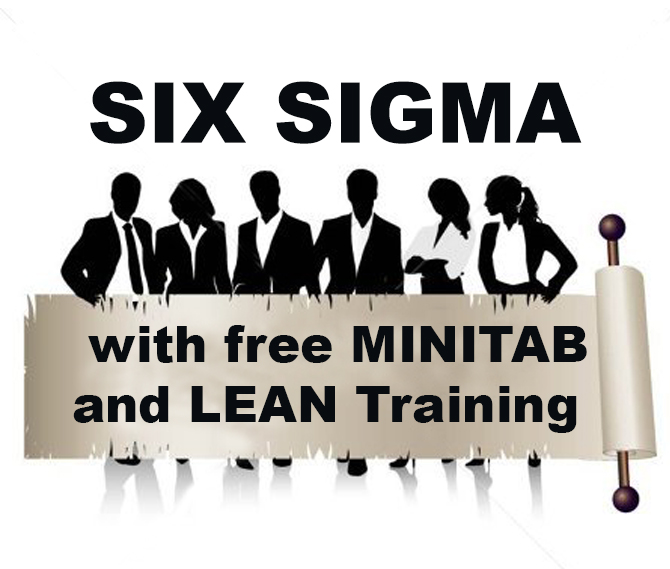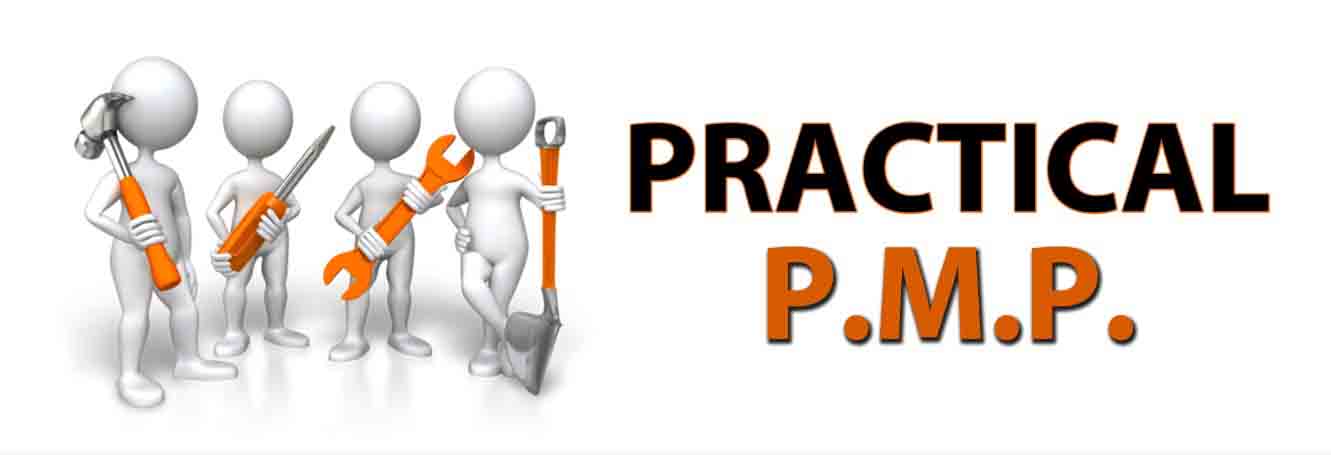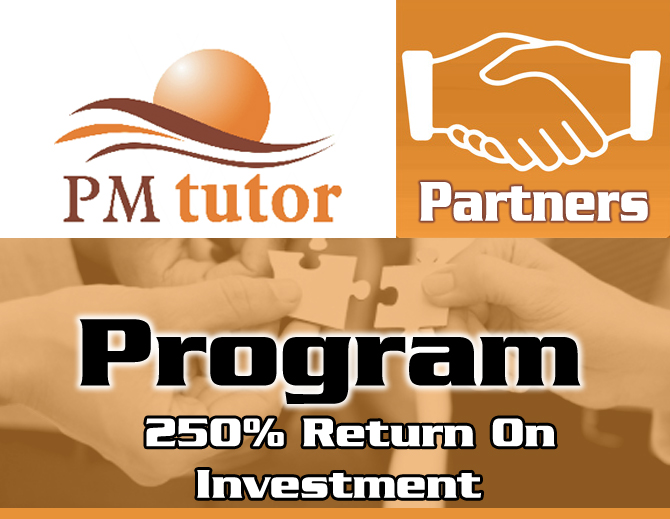Diploma in Project Management is an online full course targeted at fresh graduate job seekers to enhance career marketability and to aid those who want to develop skills and tools in the discipline of Project Management at a very affordable rate of 35K only. The curriculum includes 2 certification courses in Project Management, 1 proficient course in Project Management Software Tool and a full length course in Job Finder (Aptitude Testing, CV Writing, Interview Questions and IQ Testing)
Curriculum in brief
- PMP Certification
- Lean Six Sigma Yellow Belt Certification
- Microsoft Project
- JOBFinder (Aptitude Testing, CV Writing, Interview Questions and IQ Testing)
Course highlights:
- 100% money-back guarantee on passing all certification exam
- Video Lessons from real world class Project Management professionals.
- Fully interactive Question & Answer sessions
- Course suitable for all levels: beginners, intermediate and advanced.
- Learn at your own pace with downloadable access to video recordings
- Full support provided throughout and upon completion of the course
- Accredited Certificates and Diploma – excellent for CVs
- Practical methods shown that can benefit businesses immediately
- 3 Simulative Mock exams of 200 question each to prep you for certifications
- Answers and explanations to all the questions.
- Printable Contact Hours certificate by a Registered Education Provider (REP) and IASSC Trainers Associate…
Schedule
- 5 Months access to our eLearning Platform
- 1-day physical contact meeting – Second Sunday of Every Month – 5.00pm to 6.00pm in our office.
Payment
*All payments must be made in full before attending the physical contact meeting.
Bonus: All attendees of the inaugural meeting will go home with a free copy of Job Finder Book.
Avenues for payment:
Office: 9am to 4pm (Tuesday to Saturday) The PentHouse, 125A Apapa Road, behind Skye Bank, Costain Roundabout
Bank: Access Bank 0006551542 Poet Solvers Ltd
Full Project Management Course Contents
PMP
Snapshot of the approach to the PMP Knowledge Area.
Chapter 1 – Project Management Introduction
- Stakeholder Analysis
- Project Management Plan
- Enterprise Environmental Factor
- Competing Project Constraint
- Business Case, SOW and Project Charter
- Baseline
- Role of PM
Chapter 2 – Project Scope Management
- Plan Scope Management
- Collect Requirement
- Define Scope
- Create WBS
- Validate Scope
- Control Scope
Chapter 3 – Project Time Management
- Plan Time Management
- Define Activities
- Sequence Activities
- Estimate Activity Resources
- Estimate Activity Duration
- Develop Schedule
- Control Schedule
Chapter 4 – Project Cost Management
- Plan Cost Management
- Estimate Cost
- Determine Budget
- Control Cost
- Intro to Earned Value
- Advanced Earned Value Management
Chapter 5 – Project Quality Management
- Plan Quality Management
- Perform Quality Assurance
- Control Quality
- Advanced Quality Management Tools
- 7 Quality Management Tools
Chapter 6 – Project Human Resources Management
- Plan Human Resource Management
- Acquire Project Team
- Develop Project Team
- Manage Project Tea
- Advanced HR Theory 1
- Advanced HR Theory 2
Chapter 7 – Project Communication Management
- Plan Communications Management
- Manage Communications
- Control Communications
Chapter 8 – Project Risk Management
- Plan Risk Management
- Identify Risks
- Perform Qualitative Analysis
- Perform Quantitative Analysis
- Plan Risk Responses
- Control Risk
Chapter 9 – Project Procurement Management
- Plan Procurement Management
- Conduct Procurement
- Control Procurement
- Close Procurement
Chapter 10 – Project Integration Management
- Develop Project Charter
- Develop Project Management Plan
- Direct and Manage Project Work
- Perform Integrated Change Control
- Monitor and Control Project Work
- Close Project or Phase
- Advance Cost Theory
Chapter 11 – Project Stakeholder Management
- Identify Stakeholder
- Plan Stakeholder Management
- Manage Stakeholder Engagement
- Control Stakeholder Engagement
PRINCE2
Snapshot of the approach to the PRINCE2 Course.
Introduction
- Benefits of using PRINCE2®
- Why projects fail
- Project Lifecycle
PRINCE2® Process Model
Overview of the 7 PRINCE2® processes and how they are used throughout the lifecycle of the project:
- Starting Up a Project– define the project; create business case; identify customer’s quality expectations
- Directing a Project– authorize the project and stage plans; decide how to deal with issues
- Initiating a Project– identify the products that will be produced; plan the project; set up controls and files
- Controlling a Stage– activities performed by the project manager on a day to day basis to manage a stage
- Managing Product Delivery– products are developed and quality is reviewed
- Managing Stage Boundaries– create all stage and exception plans
- Closing a Project– formal customer sign off; capture outstanding issues for future reference
PRINCE2® themes
Each of the 7 PRINCE2® themes of a project and how they are used by the PRINCE2® processes:
- Business Case– A PRINCE2 Business Case drives all decision-making in the project.
- Organization– The Organization theme defines and establishes project roles and responsibilities for a PRINCE2 project.
- Quality– In PRINCE2, quality focuses on ensuring that the project’s products are fit for purpose.
- Plans– Plans are the vehicle used to define how, where and by whom the project’s products will be delivered.
- Risk– PRINCE2 looks at risks relative to the project’s objectives.
- Change– The Change theme in PRINCE2 encompasses configuration management, issue management and change control.
- Progress– Progress refers to the mechanisms used to monitor and compare the actual project progress and performance against the planned values.
Microsoft Project
Snapshot of the our approach to MSP
Initializing Project
- Creating a New Project
- Create and Manage Calendars
- Creating Customs Field
- Create Options Settings
Create Task Based Schedule
- Set up of Project Information
- Create and modify a project task structure
- Build a logical schedule model
- Create a user controlled schedule
- Manage Multiple projects
Managing resources and the assignments
- Enter and Edit resource information
- Apply tasks type and scheduling calculations
- Assign Resources
- Edit Assignments
- Manage Resource allocations
- Manage Resource allocations using team planner
- Model Project Costs
Tracking and analyzing a project
- Set and maintain baselines
- Update actual progress
- Compare progress against baseline
- Resolve Potential Schedule Problems by using task inspector
- Display Critical path information
- Earned Value Mgt
Communicating Project Information
- Apply Views
- Customize Views
- Format Views
- Share Data with External Sources
- Print schedules and reports
Lean Six Sigma
Snapshot of the our approach to Lean Six Sigma
1.1 The Basics of Six Sigma
1.1.1 Meanings of Six Sigma
1.1.2 General History of Six Sigma & Continuous Improvement
1.1.3 Deliverable of a Lean Six Sigma Project
1.1.4 The Problem Solving Strategy Y = f(x)
1.1.5 Voice of the Customer, Business and Employee
1.1.6 Six Sigma Roles & Responsibilities
1.2 The Fundamentals of Six Sigma
1.2.1 Defining a Process
1.2.2 Critical to Quality Characteristics (CTQ’s)
1.2.3 Cost of Poor Quality (COPQ)
1.2.4 Pareto Analysis (80:20 rule)
1.2.5 Basic Six Sigma Metrics: a. including DPU, DPMO, FTY, RTY Cycle
Time, deriving these metrics and these metrics
1.3 Selecting Lean Six Sigma Projects
1.3.1 Building a Business Case & Project Charter
1.3.2 Developing Project Metrics
1.3.3 Financial Evaluation & Benefits Capture
1.4 The Lean Enterprise
1.4.1 Understanding Lean
1.4.2 The History of Lean
1.4.3 Lean & Six Sigma
1.4.4 The Seven Elements of Waste: a. Overproduction, Correction, Inventory, Motion, Overprocessing, Conveyance, Waiting
1.4.5 5S: a. Straighten, Shine, Standardize, Self-Discipline, Sort
2.1 Process Definition
2.1.1 Cause & Effect / Fishbone Diagrams
2.1.2 Process Mapping, SIPOC, Value Stream Map
2.1.3 X-Y Diagram
2.1.4 Failure Modes & Effects Analysis (FMEA)
2.2 Six Sigma Statistics
2.2.1 Basic Statistics
2.2.2 Descriptive Statistics
2.2.3 Normal Distributions & Normality
2.2.4 Graphical Analysis
2.3 Measurement System Analysis
2.3.1 Precision & Accuracy
2.3.2 Bias, Linearity & Stability
2.3.3 Gage Repeatability & Reproducibility
2.3.4 Variable & Attribute MSA
2.4 Process Capability
2.4.1 Capability Analysis
2.4.2 Concept of Stability
2.4.3 Attribute & Discrete Capability
2.4.4 Monitoring Techniques
3.1 Lean Controls
3.1.1 Control Methods for 5S
3.1.2 Kanban
3.1.3 Poka-Yoke (Mistake Proofing)
JOBFinder
- IQ Testing
- CV Writing
- Aptitude Testing
- Interview Techniques and Questions

